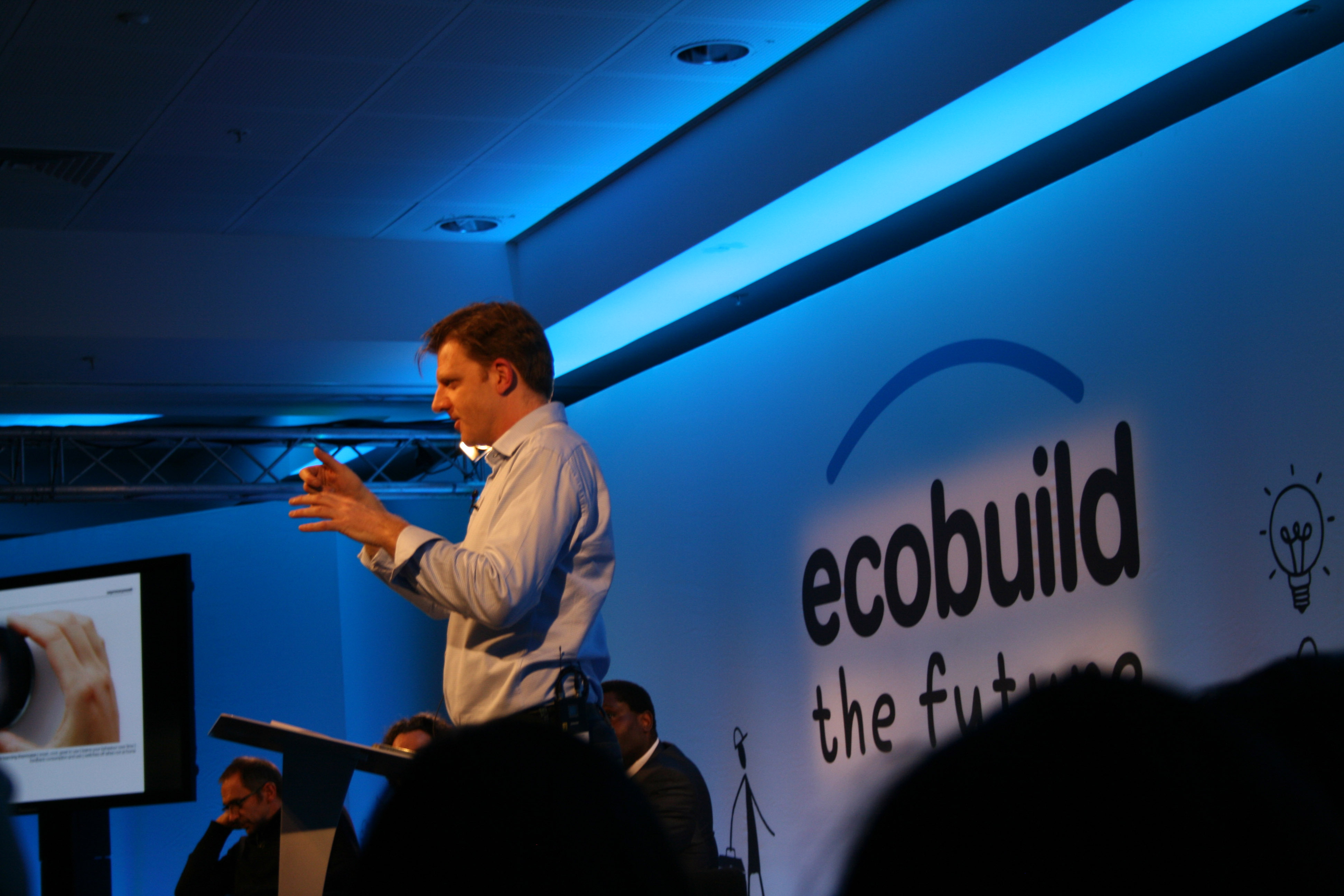
Essity expands in leakproof apparel
Opinion


Technical textiles will have a key role to play in the challenge of building with less and designing lighter, stronger and yet more efficient buildings.

8th March 2013
Adrian Wilson
|
London
Technical textiles will have a key role to play in the challenge of building with less and designing lighter, stronger and yet more efficient buildings.
Their pervasive influence in shaping the way architects and specifiers now consider the use of all materials goes far beyond their use as structural components, geotextiles, floorcoverings and insulation materials.
This was underlined at a special conference session during the recent Ecobuild exhibition, held at ExCel in London from March 5-7.
Speakers at the ‘Materials and Technologies of Tomorrow’ presentation at the event cited a range of potential materials that have arisen primarily as a result of technical textile industry developments – in addition to a few concepts that may have originated from the Planet Zanussi...

Chris Sherwin, head of sustainability at UK design and innovation consultancy Seymour Powell, identified five key trends in overall materials development.
The first was making products directly from waste, with Marks & Spencer’s January launch of a cashmere jacket collection as a result of its ‘Shwopping’ clothing take-back project with Oxfam cited.
The actress Joanna Lumley – a key supporter and figurehead of the M&S/Oxfam Shwopping initiative – also spoke at the Ecobuild event. Other examples of this trend mentioned were UK company E-Leather’s conversion of leather off-cuts into nonwoven synthetic fabrics for car, bus and plane interiors, as well as a US company called Method, which is actively dredging the ocean around Texas for plastics to reclaim for packaging products.

“It’s about the circular economy and Cradle-to-Cradle thinking,” said Sherwin, “with product developers now considering secondary usage at the initial design stage.”
Inspiration from nature was a second trend noted, where there have been plenty of recent technical textile developments such as self cleaning ‘lotus leaf’ finishes and shape memory textiles.
Another trend is materials that disappear – blurring the distinction between a product and its packaging – as exemplified in the packaging of a company called Wikicell, which is wrapping ice-creams in edible packaging – hence the wrapper preserves the product during its transportation and sale, but then leaves no trace of its existence.
Carpet tile manufacturer Desso’s Airmaster was cited as a prime example of a fourth trend – restorative materials, or those which give more back to the environment than they take out. Airmaster has been designed on cradle-to-cradle principles but also cleans the air quality within buildings.
The fifth trend, however, goes beyond materials. Sherwin suggested that 80% of the overall carbon footprint of many consumer products lies in their use, and not their raw materials or production at all, as has been discovered by consumer giants such as Procter & Gamble and Unilever. The same may prove to be similar when calculated for the use of buildings – strongly suggesting consumer behaviour could be they key element to sustainable gains.
Dr Sascha Peters, CEO of Germany’s Haute Innovation and author of the reference book ‘Sustainable Multi-Purpose Materials for Design and Architecture’, emphasised that 70% of all innovations are based on new materials

“Development in the material sector has become the main driver for technological and economical progress,” he said. “We’re standing at the very end of the petrochemical era and a radical change in our material and product culture, driven by finite material resources. New material concepts, an awareness of environmental impacts, the art of considering materials circulation and new sources of energy have become the main focus for developers.”
The building materials currently under development he circulated for assessment included rice, corn, bamboo, tea and ‘sprayed stone’, in addition to the ‘Grown Chair’ – a very thought provoking concept going back to materials inspired by nature.
Chris Sherwin asked attendees to imagine forests full of structures – products – rather than trees.
“To make suitable objects like chairs, trees can be trained via moulds to grow into shapes, with joints ten times stronger than nails or screws can achieve, that’s the idea. Somebody like IKEA needs to take this concept on,” he said.

Business intelligence for the fibre, textiles and apparel industries: technologies, innovations, markets, investments, trade policy, sourcing, strategy...
Find out more